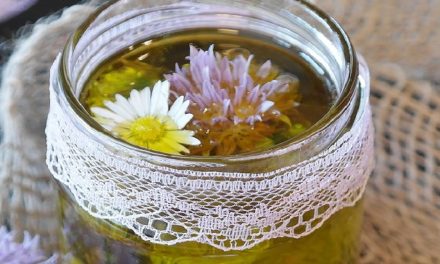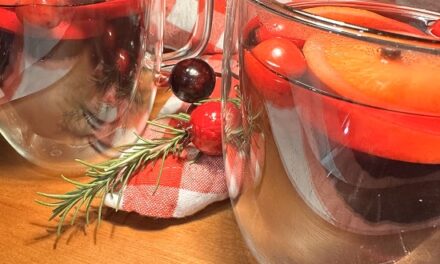I was very distressed to see this article about spices. A news article I read today claims to find high levels of toxic heavy metals in spices I may actually be using.
Normally I use Simply Organic spices and I grow many of my own herbs. The article mentions oregano and thyme as the herbs having the highest concentration of heavy metals. Luckily these are easy to grow and may even grow year round in most climates.
Sometimes it is impossible to find organic spices. Especially spice blends. For example, I have not been able to find organic marjoram, fenugreek, berbere, baharat, sumac, or pumpkin pie spice blend.
Trader Joes has some interesting spice blends. I try to avoid any seasoning with MSG, salt, sugar, Maltodextrin, oils and artificial flavors. Some spice blends have dried dairy or cheese products. Some have dried bacon. Trader Joe’s was one of the companies mentioned along with Whole Food’s 360 line. Arghhh!
I don’t know if irradiation adds the metals and toxins to the spices but the more a product is processed, the worse it is for the consumer. Turmeric was recently in the news for high levels of lead. Turned out to be from a coloring agent added to the spice. Turmeric is often added to spice blends for health benefits and color. Turmeric is often added to mustard to give it the yellow color.
Just on a whim, I looked up paprika because it is another spice often used to color food. Food Safety News cited paprika for heavy metals several years ago. Read about Toxic Paprika. It seems most peppers and chili powders are full of heavy metals.
Apparently this is old news. I knew about turmeric but I had no idea how prevalent these toxins were in other spices.
Various sources of heavy metals include soil erosion, natural weathering of the earth’s crust, mining, industrial effluents, urban runoff, sewage discharge, insect or disease control agents applied to crops. It seems that imported spices generally have higher amounts of these toxins, Especially those from outside of the USA. The USA has higher safety standards on spices. (Surprise), Often spices purchased overseas have no labels of origin.
Organic doesn’t necessarily mean safe! It depends on the soil. Obviously, root based spices may have a higher concentration because they are in the toxic ground longer. I found this article reported in 2007.
How to avoid heavy metals
So what can you do? For one, buy organic, try to purchase spices that originate in the United States, and avoid blends. Create your own blends that you use often. Be aware that condiments probably do not disclose the origin of spices they use. Most of the time, the condiments simply say “spices” and natural flavors. Grow your own herbs and dry them when you can.
This means I need to get on the stick and publish some of my blends. I have a Mexican blend , pickling spice and a few condiments like ketchup and Jerk sauce.
Many of me recipes have a long list of spices because I seldom use blends. Most blends start with salt which I avoid. I use Himalayan pink salt or Kala Namack (Black Himalayan salt) and blending my own spices lets me control my salt.
Create your own seasoning blends when you find yourself repeating the same ingredients. I use garlic, nutmeg, herb de province, fennel, black pepper and Himalayan salt frequently in my soups. Herbe De Province is blend in itself and contains oregano and thyme. I use an organic blend made in the USA, preferably Simply Organic. If I look at twenty bottles of the blend, they will vary considerably. Generally lavender, fennel, marjoram and tarragon make the difference. Ok, I promise I will come up with my soup base spice. You can find these spices in my Tuscan potato soup and Vichyssoise.





